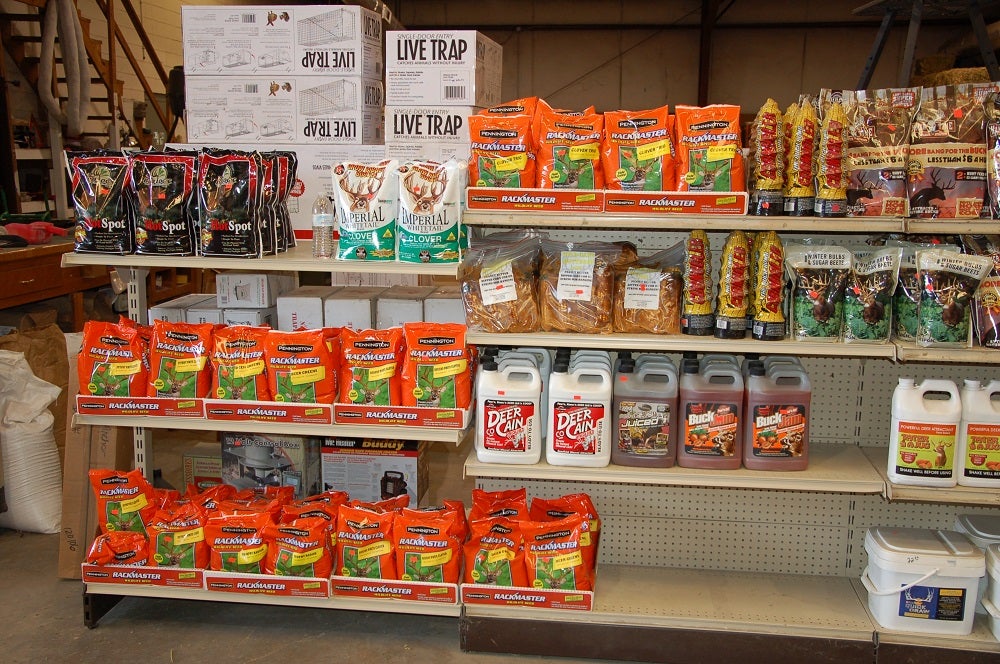Fall Food Plot Seed Options
Dr. John Woods 09.29.16

If you want the short course in getting easily overwhelmed, then shop your local farm co-op or other outlet store for wildlife food plot seed. I recently made a trip to one of our local outlets here in Central Mississippi, and I came away bedazzled.
The wildlife food plot business has certainly become big business in America. Every deer hunter is now convinced that they absolutely must have a man-planted food plot to hunt over. In reality, most native browse is enough to sustain the local deer population, but there is an involvement factor in getting into personalized deer management by planting wildlife food plots. I’m all about that involvement factor. But, what to plant?
If you peruse the shelves, you will quickly note all the various brands of wildlife food plot seed mixes available today. It can get confusing on exactly what to purchase to try out on the grounds you have plowed up to plant. But, first things first.
Before you plant anything, do these things. First, get a soil sample to see what dirt nutrients your soils need. Next contact a local state wildlife biologist in your immediate area, call a regional university, or look on line for planting recommendations for wildlife seeds to try in your area. Know how much fertilizer and lime your soil needs before you plant anything.
If your soil is lacking prime nutrients, then it won’t matter what you plant. If your soil needs to be limed, then do that immediately as it takes a minimum of six months to leach into the soil to impact seed growth. Determine the type and amount of fertilizer needed.
As to seeds, go with those recommended by local resources and governed by your pocketbook. If in doubt, you can always plant rye, ryegrass, oats, and wheat. Then on top of that add your exotics like greens, turnips, brassicas, rape, clovers, vetch, and what not.
You can get all these seeds packaged in bags at the co-op, or you can buy the more expensive mixes with famous names and those touted by TV hunting personalities. Just be sure you examine the label or content tags attached to see exactly what you are buying. You might be surprised at some of the junk they put in these fancy sacks.
Test the soil, prepare the plots properly for a good seed bed, then apply the appropriate soil nutrients and seeds that are recommended for your area. Then pray for rain.